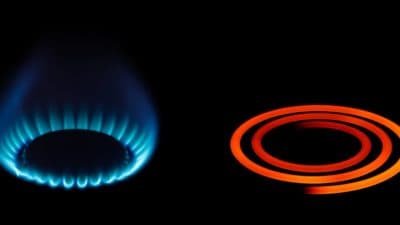The rout in crude prices has triggered another round of analyst downgrades for companies operating in the energy patch, with integrated energy major Husky Energy Inc. (TSX:HSE) among them. Analysts at Desjardins Securities downgraded Husky from a “buy” to a “hold” over concerns about the impact of significantly lower crude prices on Husky’s financial performance.
However, despite this downgrade I believe Husky offers investors a good opportunity to bet on the much anticipated rebound in crude.
So what?
Husky holds a globally diversified portfolio of high quality oil and natural gas assets, with long-life oil reserves totalling 1.9 billion barrels. As an integrated energy company, it also has refining assets that give it an advantage over pure oil exploration and production plays. This is because while weaker crude prices will cause earnings in Husky’s upstream or oil producing operations to fall, they will boost margins in its downstream or refining business. These refining operations also allow Husky to better manage the pricing spreads between Canadian crude blends and benchmark West Texas Intermediate and Brent prices.
One of Husky’s key strengths is that it has tapped into the rapidly growing and increasingly lucrative Chinese energy market through the Liwan gas project. Husky holds a 49% interest in this project with partner China’s CNOOC Ltd.. This is an important project for Husky because it has the potential to significantly boost its natural gas production as each stage of the project is completed. Already, the second Liwan gas field came online in December 2014 adding an additional 850,000 cubic meters of gas production daily.
The project is also having a positive impact on Husky’s financial performance. This is because the natural gas produced at Liwan and sold to energy markets in China occurs through fixed price sales agreements that have a higher sale price than spot natural gas prices in North America.
Another of Husky’s strengths is its ability to continue investing in developing its portfolio of oil assets despite the rout in crude prices. For 2015 it has forecast capital expenditures of $3.4 billion with the majority of this expenditure directed towards investment in eight key projects. These projects are expected to be completed between the first quarter 2015 and the end of 2016 and upon completion they will increase Husky’s oil production by 24% or 83,000 barrels daily.
While Husky’s 2015 production growth is expected to remain relatively flat, higher margins from Husky’s downstream operations will help to offset any decline in cash flow and earnings in its upstream operations.
Husky also maintains a fortress balance sheet with a low degree of leverage, with debt a mere 0.9 times its cash flow. More importantly, the majority of Husky’s debt does not mature until 2019 or after, giving it plenty of time to wait for the rebound in crude prices.
Now what?
All of these factors certainly bode well for Husky to weather the current rout in oil prices, while giving it the ability to boost cash flow and earnings when the price of crude bounces back. It is an even more compelling investment opportunity when its attractive valuation multiples, including an EV of seven times its forecast 2015 EBITDA, are taken into account. For these reasons I believe Husky offers a solid opportunity to bet on a rebound in crude prices.






